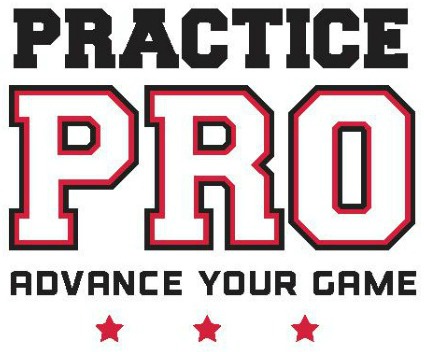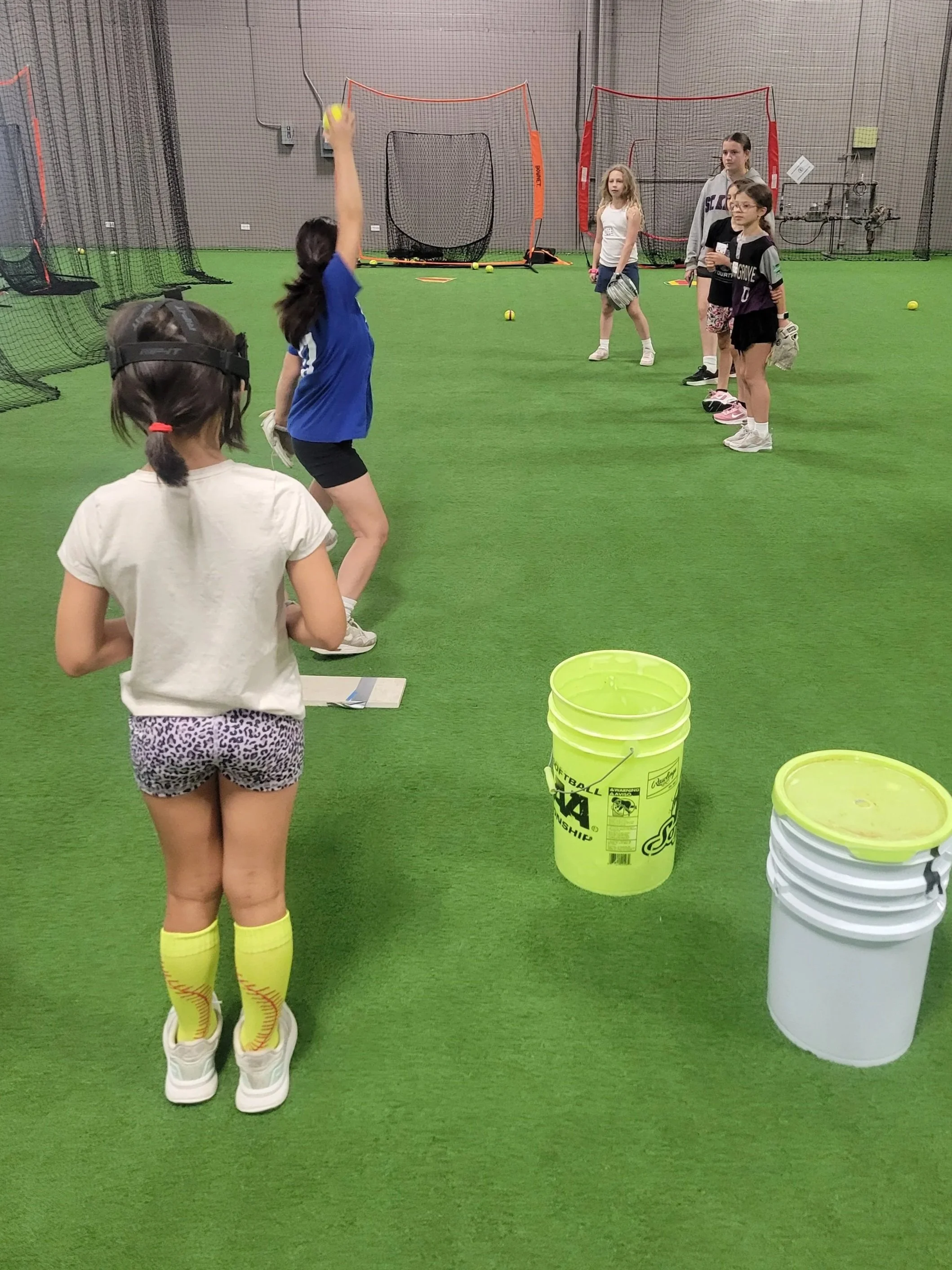The Three Greatest Games in Practice Pro History
/We train for a long time—10 weeks in the offseason, 10 more in preseason. The winter days get shorter, and the drills start to feel longer. Pitchers throw again and again, while a parent or catcher squats endlessly behind the plate. It can feel like a never-ending road.
But eventually, we get to Game Day.
At Practice Pro, we know pitching isn’t just about drills and mechanics. It’s about handling pressure. And the only way to really train for that is to simulate it. So on the last day of every session, instead of more drills, we draw games from a hat and compete.
Yes, there are small prizes—maybe a piece of candy, maybe a few extra stars—but that’s not the point. What matters is how it feels when everyone’s watching and it’s your turn. That pause before you pitch. That moment when everything you’ve been working on shows up—or doesn’t.
After nearly a decade of testing, tweaking, and teaching thousands of pitchers, here are the three best games we’ve ever played:
1. Knock Out
Here’s a video to see it in action.
It’s exactly like the basketball version of “Knock Out,” but made for softball pitchers.
Two mounds side by side. One player on the left mound starts the game, and the rest of the pitchers line up on the right mound.
The left pitcher throws. If she throws a strike before the right player does, she’s safe and goes to the back of the line. But if the right pitcher throws a strike first, the first one is out. Players continue until there is only one pitcher left, who wins.
It’s fast-paced and fun, and it keeps everyone locked in. Catchers get to receive and frame a lot of pitches quickly . It’s just a clean, simple way to see where your skills are under pressure.
We like to keep it to 8 pitchers max no one’s standing too long. Older players love the speed. Younger ones throw enough strikes to keep it exciting. And no one wants to be last. That’s why it works.
2. First and Third
This game gets its name from where the players stand—not the classic defensive situation. A college coach I worked with used to end every practice with it. Her pitching staff had to complete the challenge, or the entire team ran. It was simple, high-pressure, and a great way to build accountability.
The pitchers take the mound. Everyone else (parents, teammates, catchers) lines up on the third base side. The goal is to get everyone, one by one, to move to the first base line.
Here’s how it works:
If the pitcher hits her spot (or throws a strike for younger players), one person from the third base line gets to walk over to first base.
If the pitch is a “good miss,” the next person in line moves to the back of the line.
If it’s a “bad miss” (wild pitch), everyone who had moved to first base goes back to the third base line.
It’s a team game, and it’s timed—usually two minutes. The pressure builds fast. Everyone cheers. Every pitch counts.
This game is a great reminder of how costly a wild pitch can be. And it teaches pitchers that the team is depending on them—even in practice.
3. O.U.T.
This one is like the pitching version of H.O.R.S.E.
One pitcher steps up and calls out a pitch and location. If she hits it, the next pitcher has to copy it. If the second pitcher misses, she earns a letter: O. Then U. Then T. Three strikes and you’re out.
If everyone hits the challenge, the first pitcher calls a new one, and the game continues.
It’s a great game for advanced pitchers working on movement or accuracy. And it’s just as valuable for beginners who need practice picking a spot and saying it out loud before they throw.
You can’t hide in this game. You have to choose. You have to commit. And you have to follow through.
These games are more than just something fun to break up the training cycle. They’re a key part of the development process. Competition helps reveal what’s actually sticking. It’s a way to measure progress—and pressure—in real time.
That said, remember: control what you can. Your effort. Your focus. Your preparation. Once Game Day comes, you bring what you’ve built—not what you wish you had.
If you’re a coach, give these games a try. Modify them to fit your players. They work.
And stay tuned—we’ll be sharing more of our favorite games soon, including our best one-on-one games for individual lessons. But we’ve found that the best lessons happen with others watching. When people are counting on you. When the pressure is real.
Because if you can’t pitch with eyes on you, with expectations on your shoulders—you’re not quite a pitcher yet.
You’re just someone who throws.
And at Practice Pro, we’re here to build pitchers.




